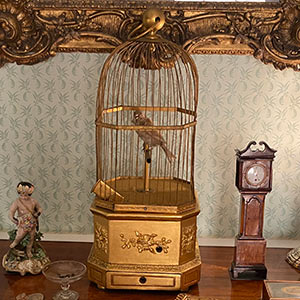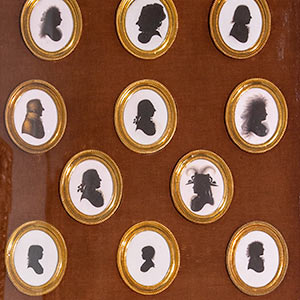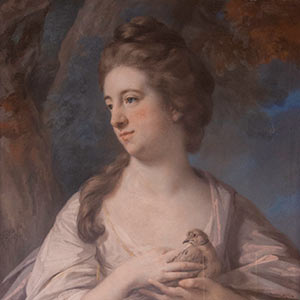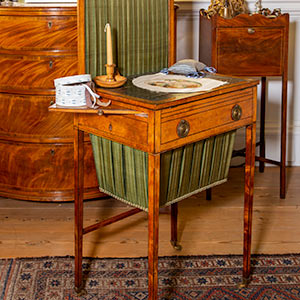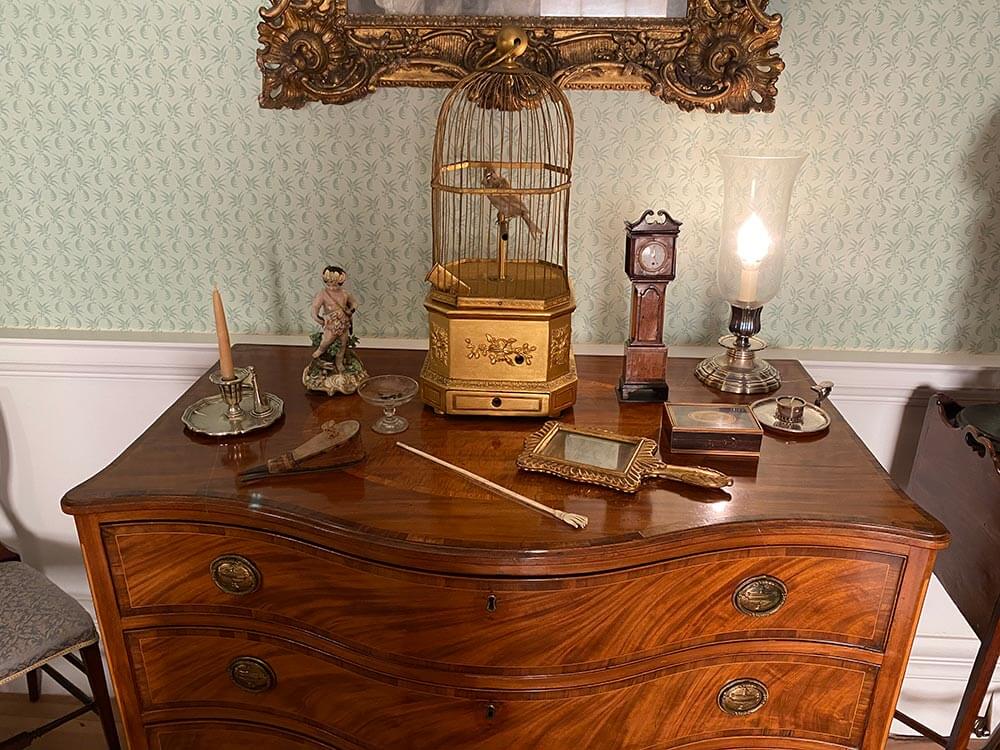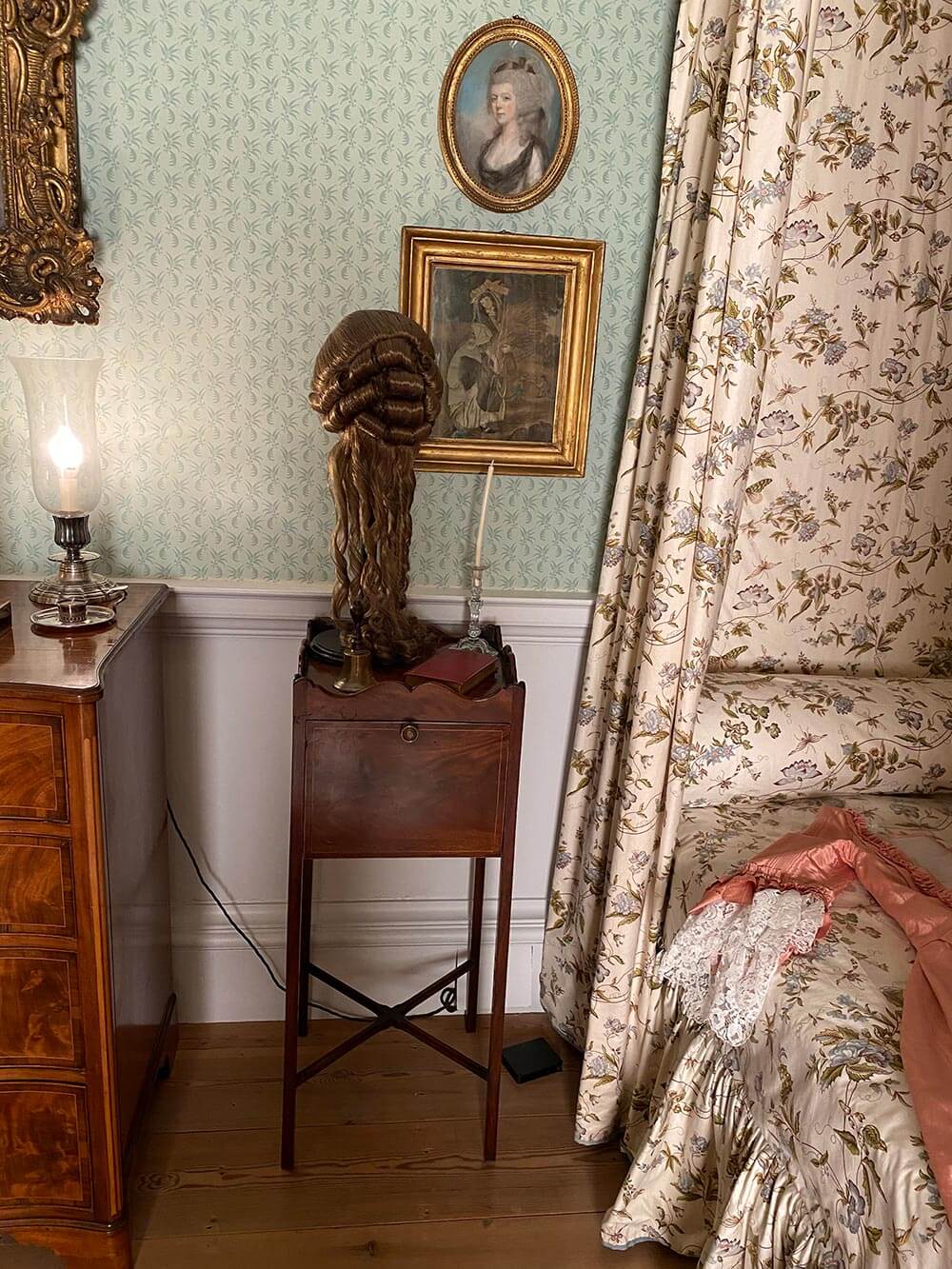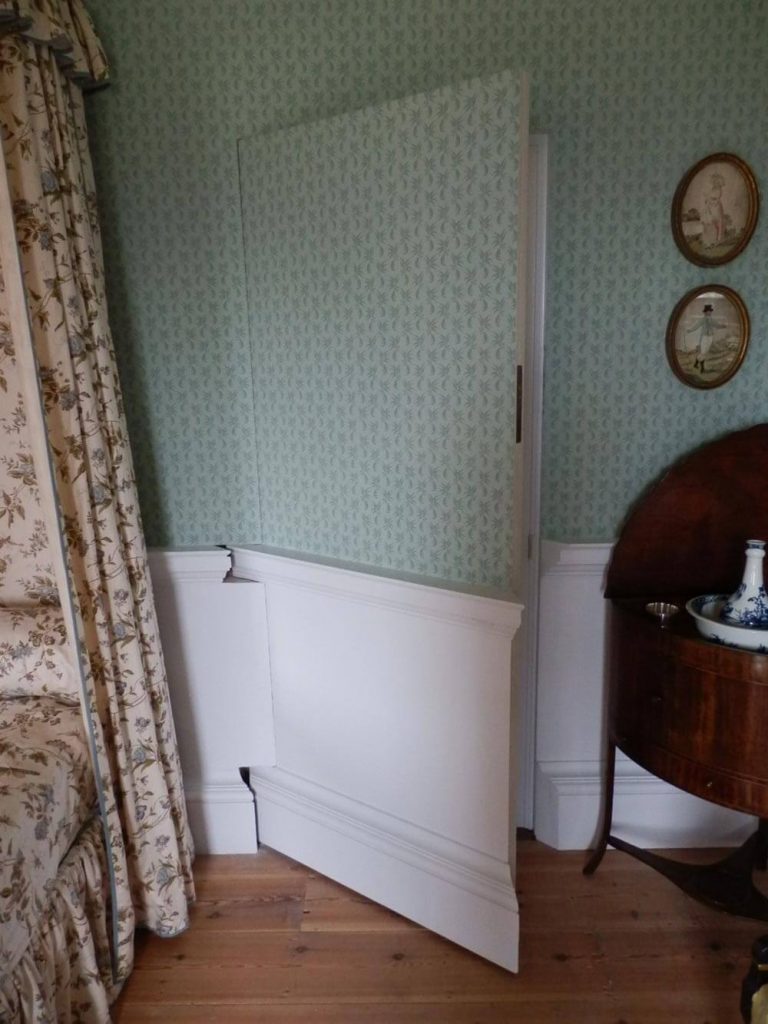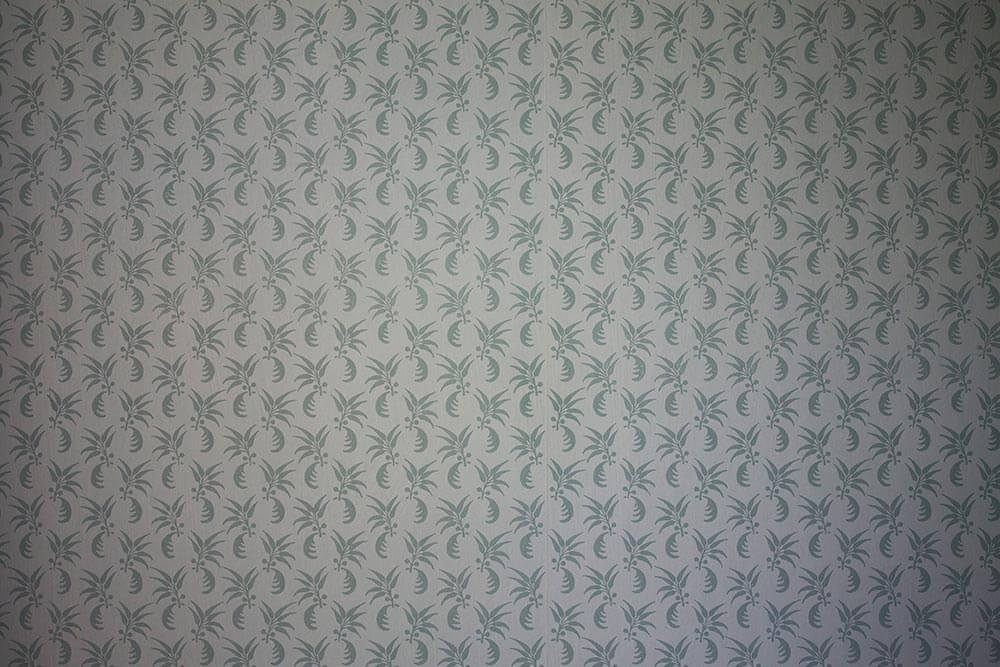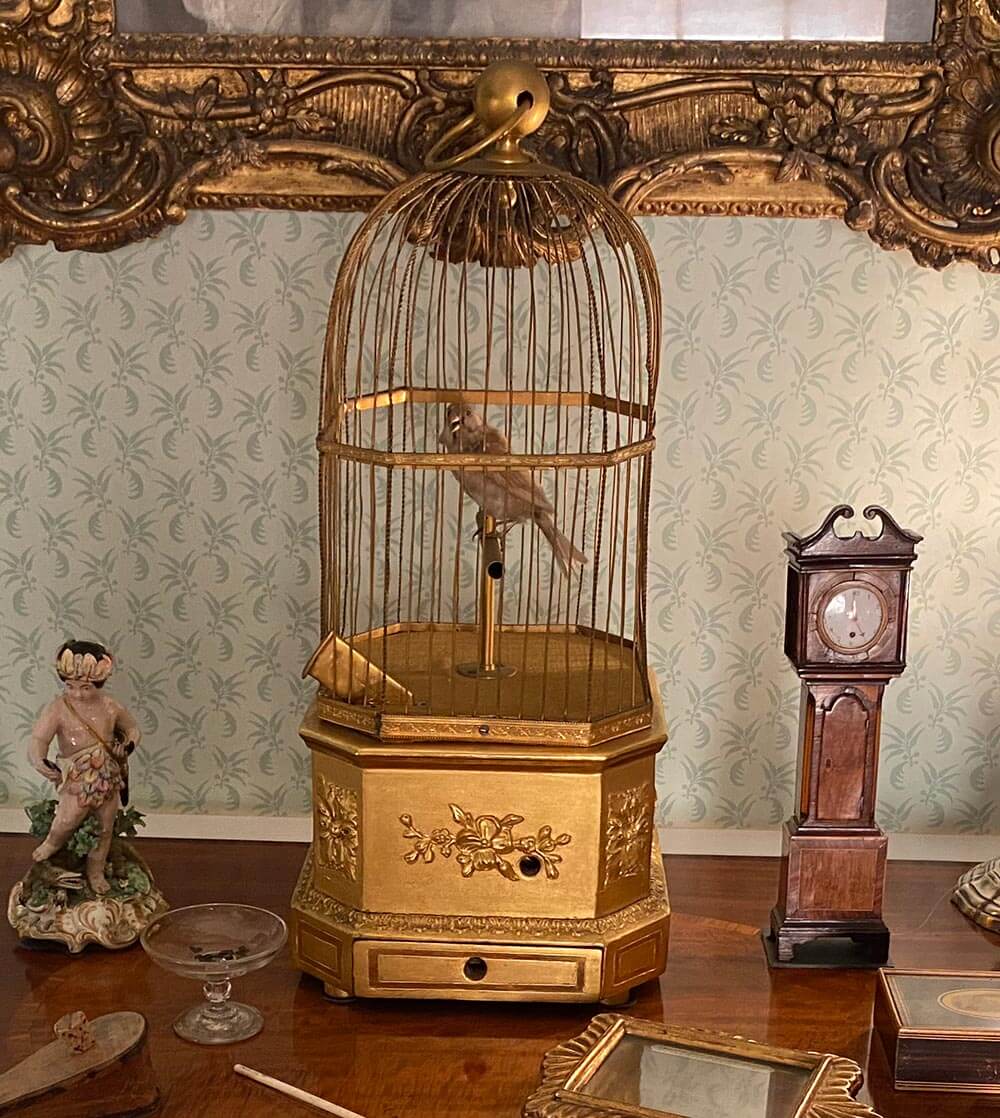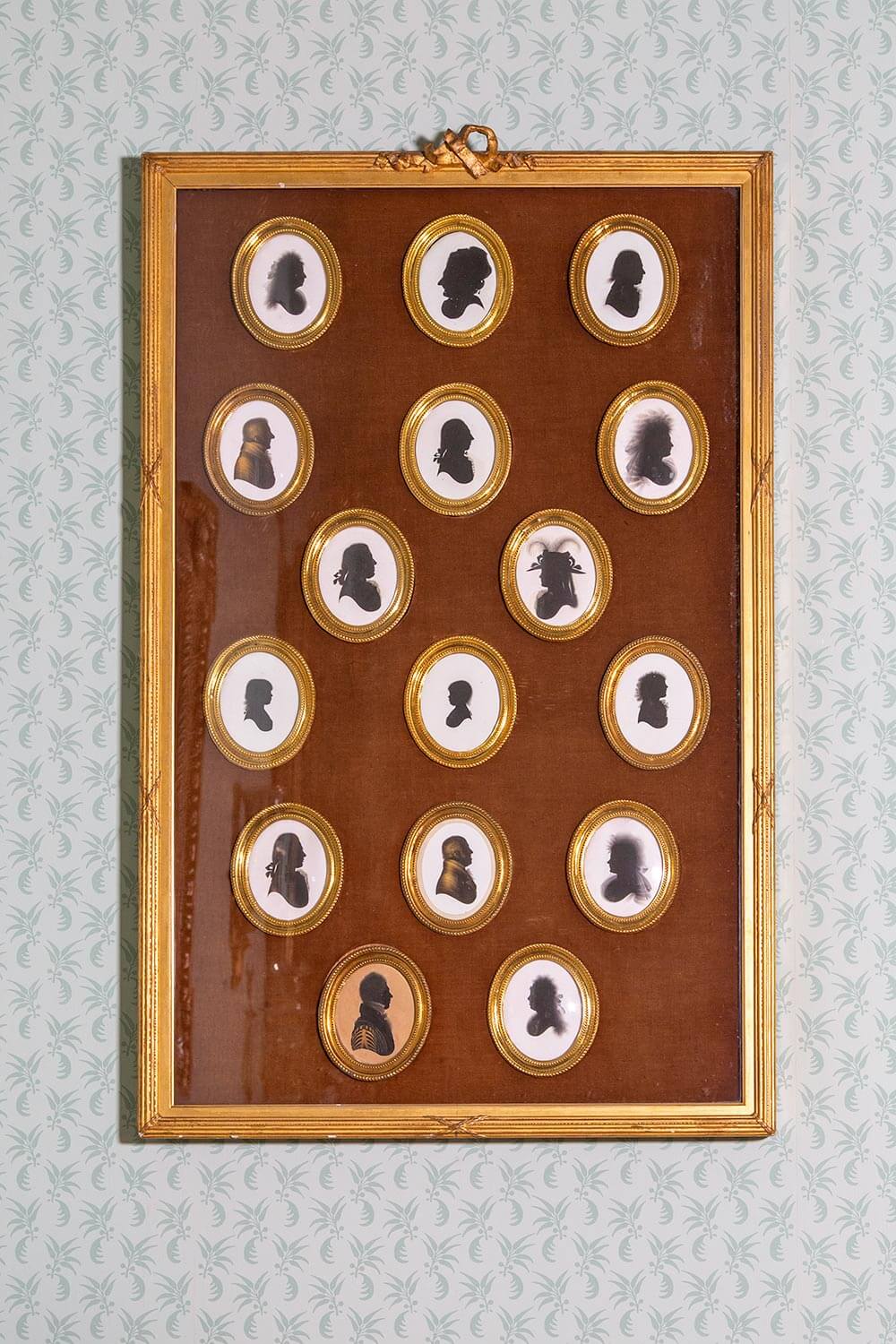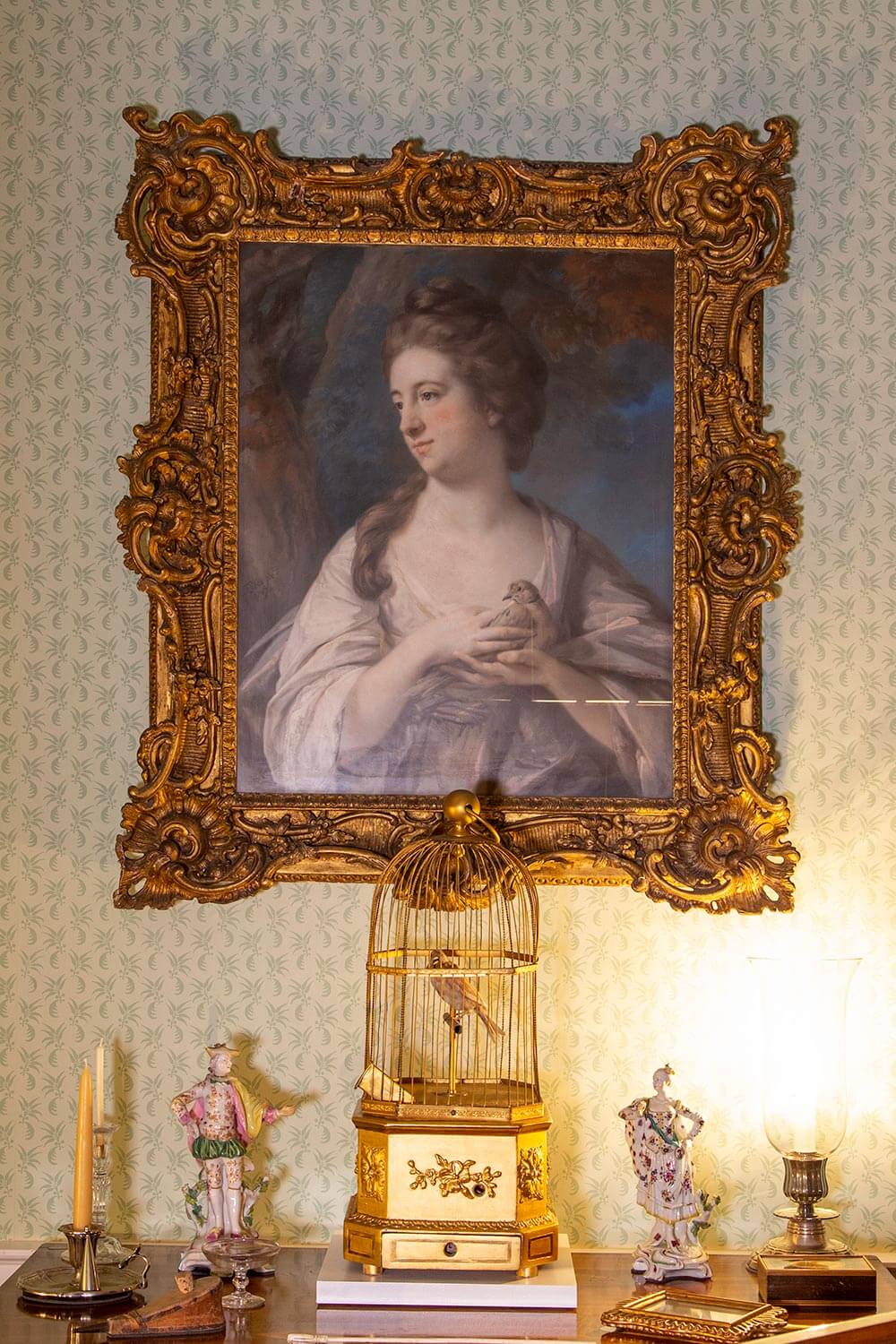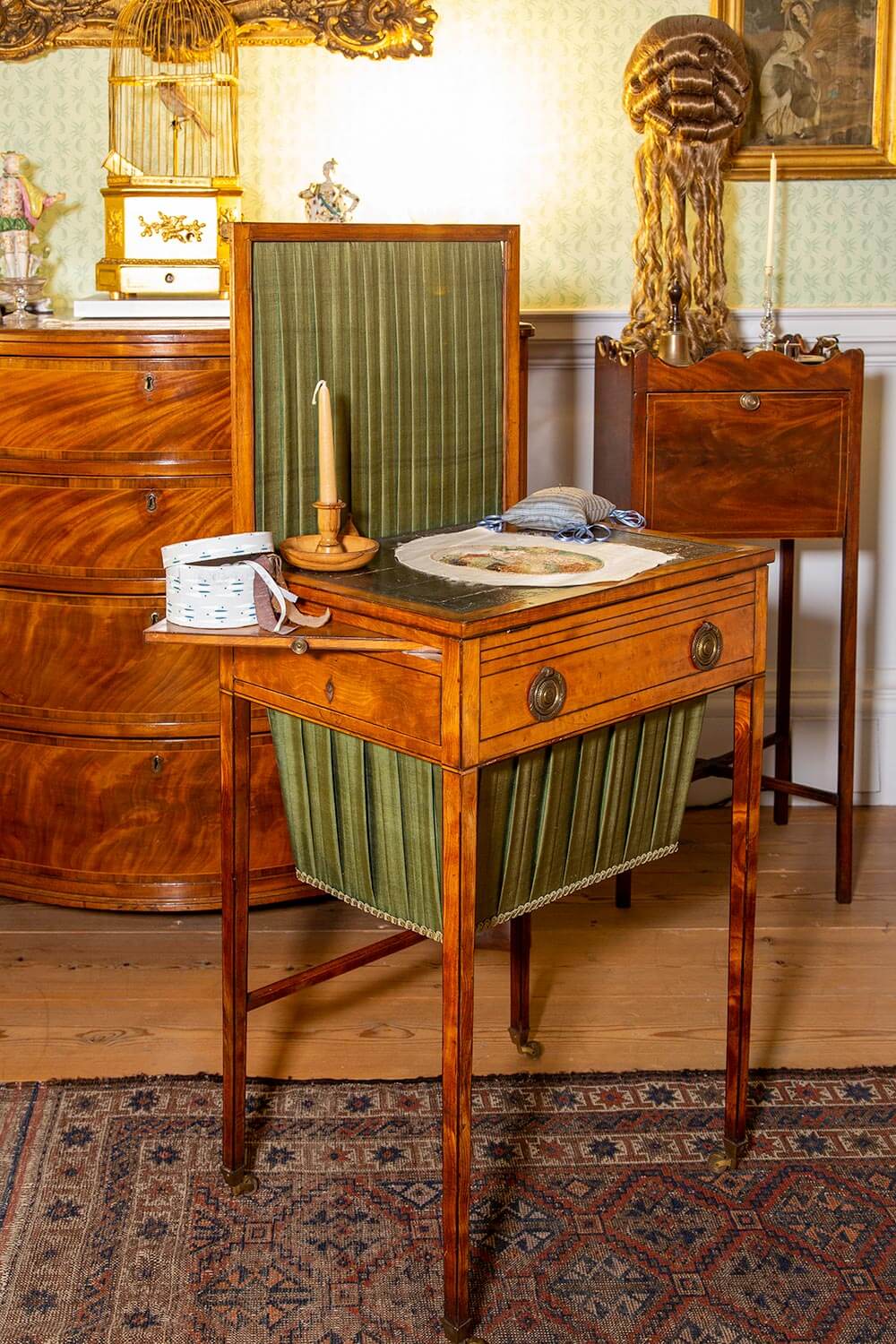A lady’s bedchamber was her inner sanctum. She slept here, and with the help of her maid, she undertook her toilette, an elaborate ritual involving dressing, styling hair and applying make-up.
A very fashionable lady would even receive visitors who came to keep her company and gossip while she was dressing. This was how new fashions and hairstyles would often be spread throughout society.

